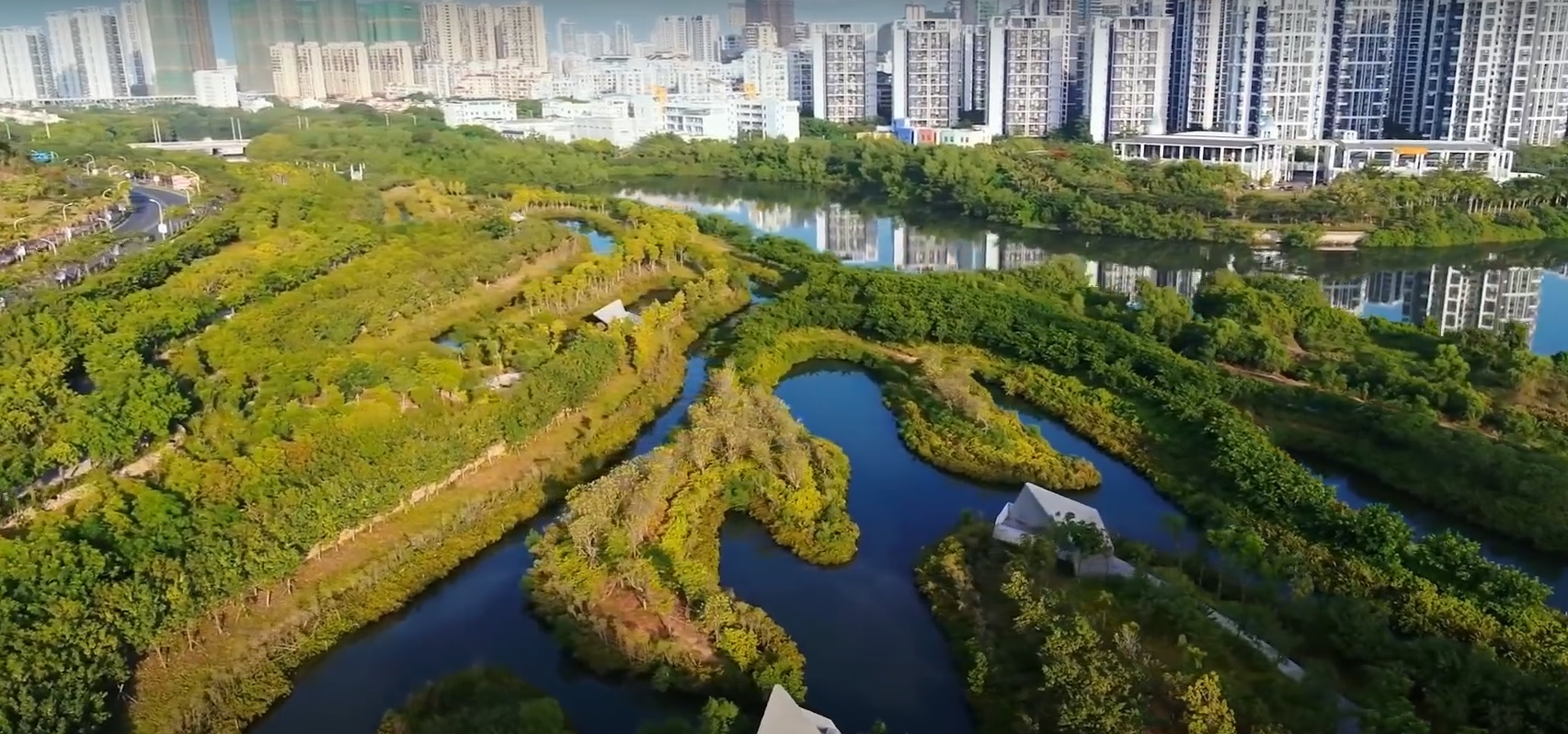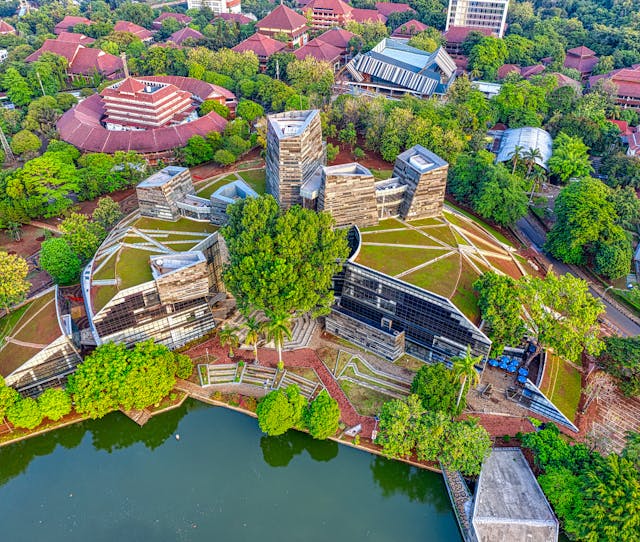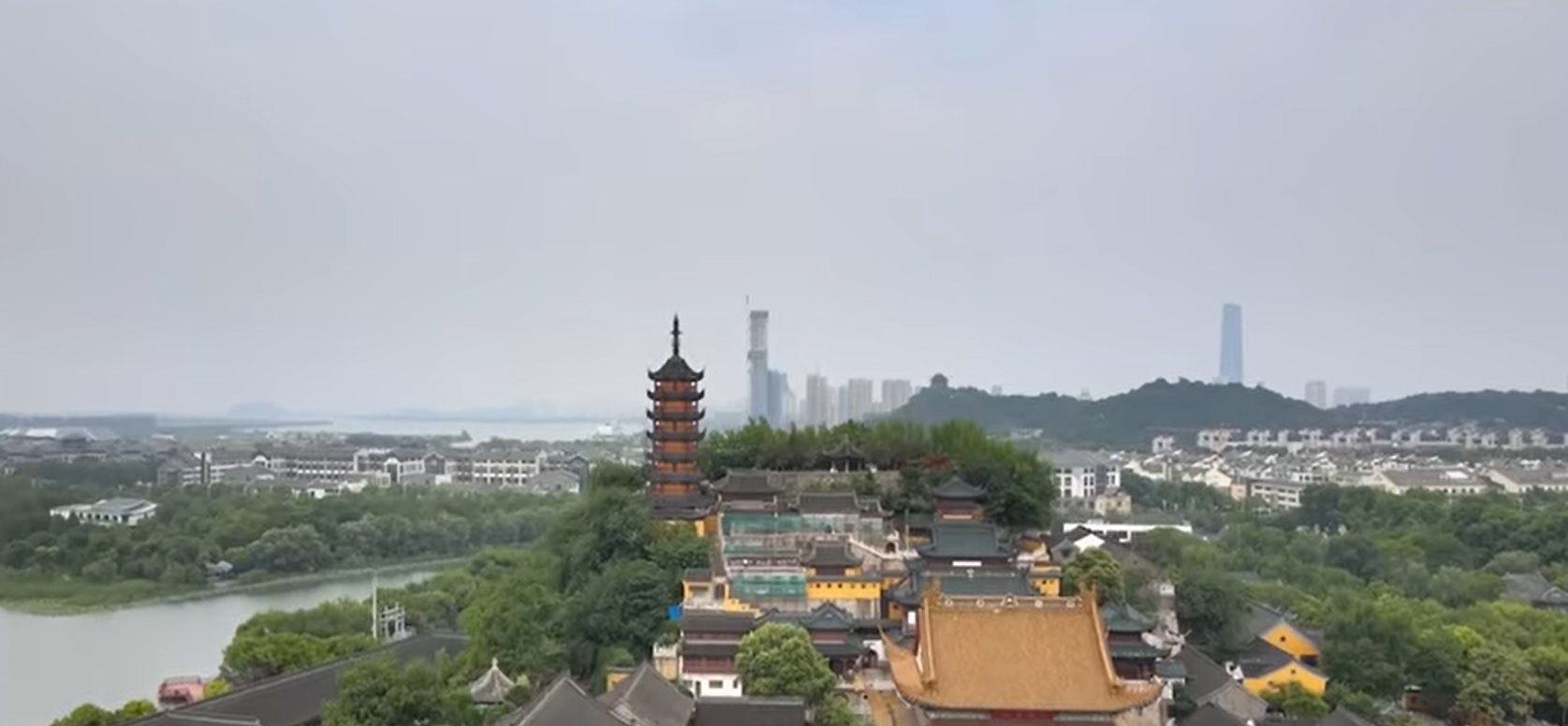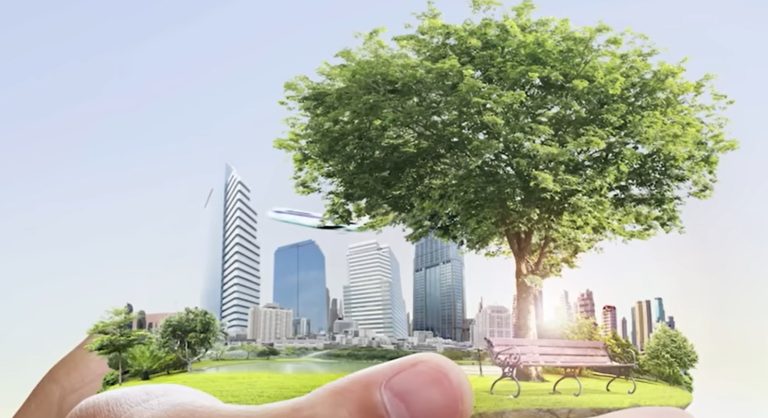Sponge cities in China, including Wuhan, Chongqing, and Xiamen, utilize green infrastructure to manage urban water challenges. These cities incorporate rain gardens, wetlands restoration, and permeable pavements to enhance water absorption and reduce flooding. This initiative is part of China’s broader effort to create resilient and sustainable urban environments.
What is the Sponge City Concept?
The sponge city concept is an innovative urban planning and design approach aimed at enhancing a city’s resilience to climate change and managing urban water challenges. A sponge city absorbs, stores, and releases rainwater, much like a sponge, to mitigate flooding, replenish groundwater, and improve water quality. This concept integrates green infrastructure, nature-based solutions, and sustainable urban design to create a more harmonious relationship between urban development and the natural environment.
China is at the forefront of the sponge city movement, with a government-led initiative to transform urban areas into resilient, water-absorbent environments. The country has designated over 30 cities as sponge cities, including Wuhan, Chongqing, and Xiamen. These cities utilize advanced technologies and innovative designs to manage water sustainably and enhance urban resilience.

Wuhan
Wuhan, a major city in central China, is a leading example of the sponge city concept. As one of the pilot cities, Wuhan has implemented numerous projects to address its frequent flooding issues and improve water management.
Key Projects and Technologies:
- Green Roofs: Wuhan has extensively installed green roofs across residential, commercial, and public buildings. These roofs absorb rainwater, reduce runoff, and improve insulation.
- Permeable Pavements: The city uses permeable pavements in public squares, streets, and parks to allow rainwater to infiltrate the ground, reducing surface runoff and recharging groundwater.
- Constructed Wetlands: Wetlands have been created to naturally filter and store stormwater. These wetlands enhance biodiversity and provide recreational spaces for residents.
- Rain Gardens: These are implemented in various neighborhoods to capture and filter rainwater, reducing the burden on the city’s drainage system.
Statistics:
- By 2020, Wuhan aimed to ensure that 70% of its urban area could absorb and reuse at least 70% of rainwater.
- Over 389 projects were initiated, covering an area of approximately 20.9 square kilometers.
Chongqing
Chongqing, a mountainous city in southwest China, faces significant challenges due to its topography and heavy rainfall. The sponge city initiative here focuses on reducing flood risk and improving water quality.

Key Projects and Technologies:
- Green Infrastructure: Chongqing has developed green belts and parks with permeable surfaces to manage stormwater and create urban green spaces.
- Rainwater Harvesting Systems: Buildings are equipped with systems to collect and store rainwater for non-potable uses, such as irrigation and toilet flushing.
- Bioswales: These landscape elements are designed to concentrate and convey stormwater runoff while removing debris and pollution.
- Underground Water Storage: Large-scale underground tanks are used to store excess rainwater, which can be used during dry periods.
Statistics:
- Chongqing’s sponge city area encompasses around 20 square kilometers, with over 250 projects completed by 2020.
- The city has seen a reduction in surface runoff by approximately 25%, significantly lowering the risk of urban flooding.
Check Out more on Sponge city tampa
Xiamen
Overview: Xiamen, a coastal city in southeast China, focuses on balancing urban development with natural water cycles. Its sponge city projects aim to mitigate flood risks and protect the coastal environment.
Key Projects and Technologies:
- Green Roofs and Walls: These installations on buildings help absorb rainwater, reduce heat island effects, and enhance urban aesthetics.
- Permeable Pavements: Used extensively in public areas, these pavements reduce runoff and allow water to percolate into the ground.
- Urban Wetlands and Lakes: Xiamen has restored and constructed wetlands and lakes to manage stormwater, enhance biodiversity, and provide recreational areas.
- Seawater Desalination: As part of its integrated water management, Xiamen uses desalination technologies to supplement its freshwater resources.
Statistics:
- By 2020, Xiamen’s sponge city projects covered an area of about 19 square kilometers.
- The city has reduced its urban flood risk by 30% and improved the quality of its coastal waters through enhanced stormwater management.
Economic and Environmental Impact of China’s Sponge Cities
Economic Impact
- Flood Damage Reduction:
- Cost Savings: By mitigating flood risks, sponge cities significantly reduce the economic losses associated with flood damage. This includes savings on infrastructure repairs, healthcare costs due to waterborne diseases, and losses from business interruptions.
- Insurance: Lower flood risks can lead to reduced insurance premiums for both municipalities and property owners.
- Increased Property Values:
- Real Estate Market: Improved urban environments with green spaces and better water management can increase property values. Residents are willing to pay a premium for properties in areas with enhanced livability and reduced flood risks.
- Investment Attraction: Sponge city features make areas more attractive to investors and developers, promoting economic growth.
- Job Creation:
- Construction and Maintenance: The development and maintenance of green infrastructure, such as green roofs, permeable pavements, and wetlands, create jobs in construction, landscaping, and environmental engineering.
- Research and Development: Ongoing innovation in sustainable urban design and water management technologies fosters job growth in R&D sectors.
- Cost Efficiency:
- Long-Term Savings: While initial investments in sponge city projects can be high, the long-term savings in reduced flood damage, lower water treatment costs, and improved public health can outweigh these costs.
- Public Services: Efficient water management reduces the strain on public water and sewage systems, potentially lowering municipal operating costs.
Environmental Impact
- Flood Mitigation:
- Stormwater Management: Sponge cities absorb and store rainwater, reducing surface runoff and preventing urban flooding. This helps protect natural waterways and reduces erosion.
- Groundwater Recharge: By allowing water to infiltrate the ground, sponge cities help replenish aquifers, supporting sustainable water supply.
- Water Quality Improvement:
- Pollutant Filtration: Green infrastructure such as wetlands and bioswales naturally filter pollutants from stormwater, improving the quality of water entering rivers, lakes, and oceans.
- Reduced Sewer Overflow: By managing stormwater at the source, sponge cities reduce the frequency and volume of combined sewer overflows, decreasing the release of untreated sewage into natural water bodies.
- Biodiversity and Habitat Creation:
- Urban Green Spaces: Green roofs, parks, and wetlands provide habitats for various plant and animal species, enhancing urban biodiversity.
- Ecosystem Services: These green spaces offer ecosystem services such as carbon sequestration, air purification, and temperature regulation.
- Climate Resilience:
- Heat Island Mitigation: Vegetation and water features in sponge cities help cool urban areas, reducing the urban heat island effect and improving thermal comfort.
- Climate Adaptation: Sponge cities enhance resilience to climate change by managing extreme weather events like heavy rainfall and droughts more effectively.
- Sustainable Urban Development:
- Integrated Planning: Sponge city initiatives promote holistic and integrated urban planning, ensuring that development projects consider environmental impacts and sustainability.
- Community Engagement: These projects often involve local communities in planning and implementation, fostering a sense of ownership and stewardship for the environment.
Case Studies: Wuhan, Chongqing, and Xiamen
Wuhan:
- Economic: Saved millions in potential flood damage costs and boosted property values in newly developed sponge city areas.
- Environmental: Improved water quality in urban lakes and rivers, restored wetlands, and created new green spaces.
Chongqing:
- Economic: Reduced urban flood risks, leading to lower insurance premiums and higher real estate values. Job creation in green infrastructure projects.
- Environmental: Decreased surface runoff and soil erosion, enhanced urban biodiversity through new parks and green belts.
Xiamen:
- Economic: Increased attractiveness for tourism and investment due to improved coastal and urban environments. Long-term savings in water management and flood control.
- Environmental: Protected coastal ecosystems, improved seawater quality through reduced stormwater pollution, and created new urban wetlands.
China’s sponge city initiative demonstrates a successful integration of economic benefits and environmental sustainability. By investing in green infrastructure and innovative urban planning, cities like Wuhan, Chongqing, and Xiamen not only enhance their resilience to climate change but also create healthier, more livable urban environments that attract investment and improve the quality of life for residents.
Conclusion
China’s commitment to developing sponge cities is evident in its extensive use of green infrastructure, innovative technologies, and comprehensive urban planning. Wuhan, Chongqing, and Xiamen exemplify the diverse approaches and significant achievements in managing urban water challenges. These cities serve as models for other regions looking to enhance their resilience and sustainability through the sponge city concept.





